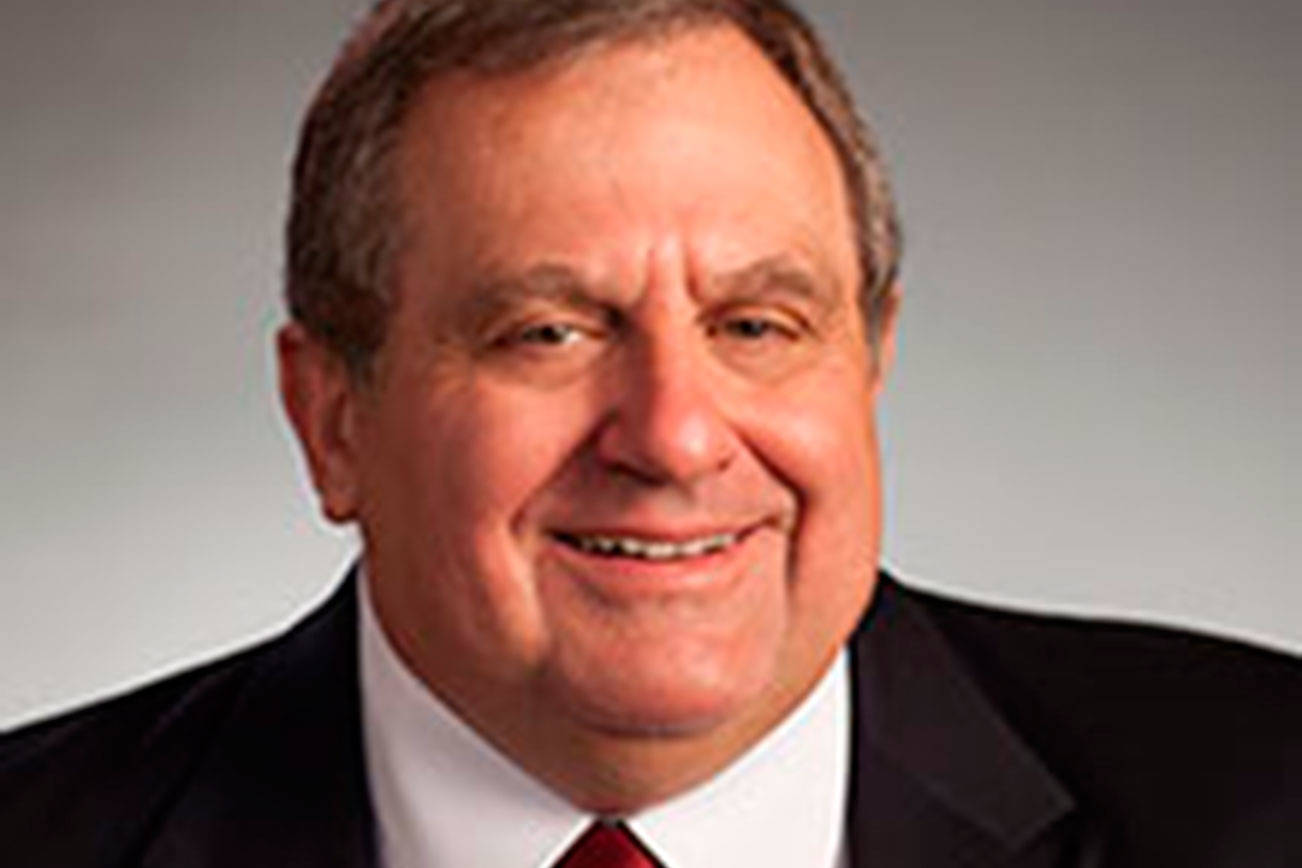America’s unemployment rate is suddenly approaching historic levels. Since the COVID-19 pandemic began almost two months ago, roughly 30.3 million people have filed for jobless benefits.
“That is more people than live in the New York and Chicago metropolitan areas combined, and it’s by far the worst string of layoffs on record. It adds up to more than one-in-six American workers,” Associated Press writer Christopher Rugaber reported at the end of April.
However, the Economic Policy Institute (EPI) estimates that figure is far lower than the true number of Americans out of work. Nearly 14 million additional people could have filed if unemployment processes were easier, EPI calculates.
With more employers cutting payrolls to survive and skyrocketing business closures and bankruptcies, economists forecast the unemployment rate could exceed 20 percent in May. That would be the highest rate since it reached 25 percent during height of the Great Depression in the early 1930s.
Today, our state’s Employment Security Dept. (ESD) is bracing for more than a million new applicants in early May. “During the week of April 19-25, there were 1,455,908 total claims for unemployment benefits,” ESD said. The website WalletHub pegged our state’s increase in jobless claims since the start of the COVID-19 crisis began at nearly 2,500 percent.
The sudden explosion in applications has overwhelmed most state systems including Washington. ESD set up an on-line application form as one way to expedite processing.
Those claims must be processed for eligibility before payments start. Current Washington law stipulates that a person must have worked in our state for 680 hours during the last 18 months. That could qualify the worker for as much as $790 per week for 26 weeks in state payments.
Additionally, the bipartisan federal Coronavirus Aid, Relief, and Economic Security (CARES) Act agreed upon by Congress and President Trump expanded unemployment benefits to self-employed and part-time workers, added up to 39 weeks of benefits, and expanded unemployment payments by an extra $600 per week—-on top of their state unemployment benefits.
That’s a safety net which did not exist during the height of Great Depression.
In 1932, Wisconsin lawmakers broke the ice and became the first state to authorize a voluntary unemployment insurance law. California, Massachusetts, New Hampshire, New York, Utah and Washington quickly follow suit. Then in 1935, President Franklin Delano Roosevelt signed the Social Security Act which contained language directing all states to enact their own unemployment insurance laws.
Since the current unemployment system was established 85 years ago, it has been administered by the states—-each with slightly different eligibility requirements. State collects taxes from employers to manage programs and pay benefits. On top of the state requirement is a federal per employee tax assessed which is primarily a backup funding system.
Washington was forced to borrow from the federal fund in 1981 when our economy tanked and unemployment rate surged past 11 percent. States borrowing from the federal fund must repay the money with interest. State funds also must be replenished for the next economic downturn which hopefully will not be as catastrophic.
As we learned in the early 1980s, the ultimate solution is a thriving economy such as the one that we celebrated last New Year Eve. While unemployment insurance and federal economic stimulus payments provided people with money, it is a temporary stopgap until work sites safely reopen and people return to work, earn wages, and, are able to pay their taxes.
However, the immediate priority is to find ways to keep people not only safe from COVID-19, but to keep them in a position to pay their bills and put food on the table.
Don C. Brunell is a business analyst, writer and columnist. He retired as president of the Association of Washington Business, the state’s oldest and largest business organization, and now lives in Vancouver. He can be contacted at theBrunells@msn.com.



